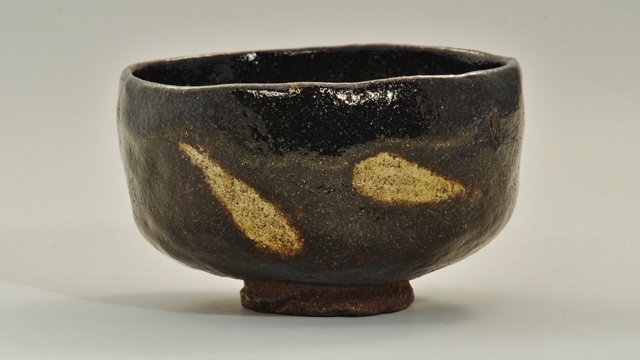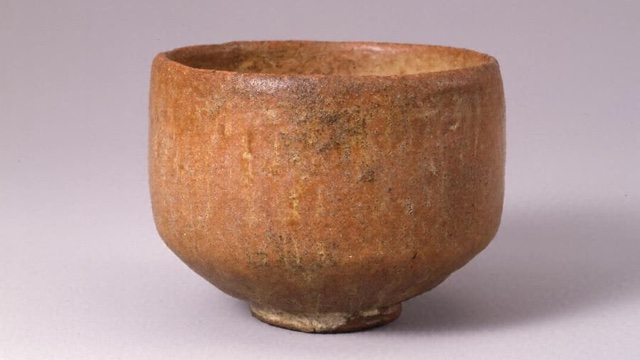Hand-kneaded soft pottery originated from Kyoto Raku family. Also called 'Ichiraku 2 Hagi 3 Karatsu', it is known as a famous tea pottery along with Hagi (Hagi ware) and Karatsu (Karatsu ware).

Kuroraku is glazed with black glaze and fired at a high temperature of over 1,000℃. The glaze is made from natural Kamogawa stone, and the deep black color is obtained from the iron content in the stone and the "drawer black" technique, in which the glaze is removed from the kiln immediately after firing. We believe that the black color, which represents nothingness, further expresses Rikyu's Wabi-no-Spirituality, which was hidden within.

Akaraku was fired at low temperatures using "juraku clay," a yellowish clay obtained from the area around Juraku-dai at that time. The brownish skin with a slight reddish tinge, rather than crimson, is reminiscent of the color of the clay itself. The glaze is almost transparent and has a rustic warmth.
To be washed by hand without detergent
Do not use a dishwasher
Avoid high temperatures and strong shocks
Do not expose to direct sunlight or prolonged humidity
Wrap in thin paper for storage.
By observing these precautions, you can use Raku ware teacups beautifully for a long time.